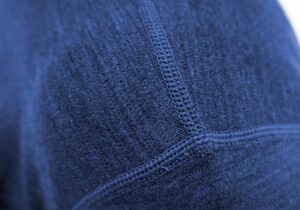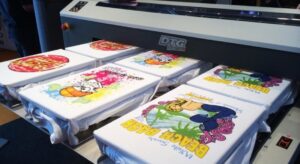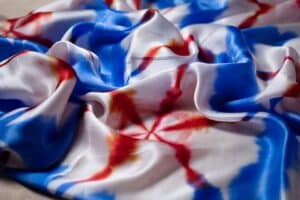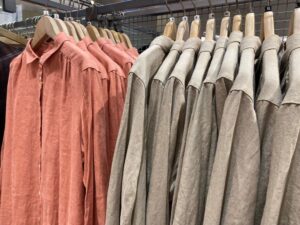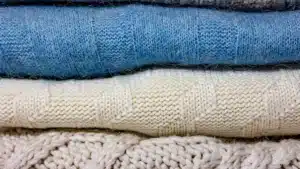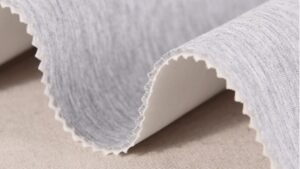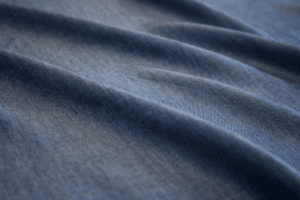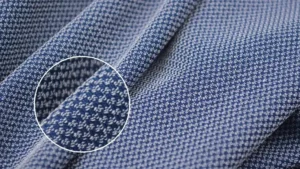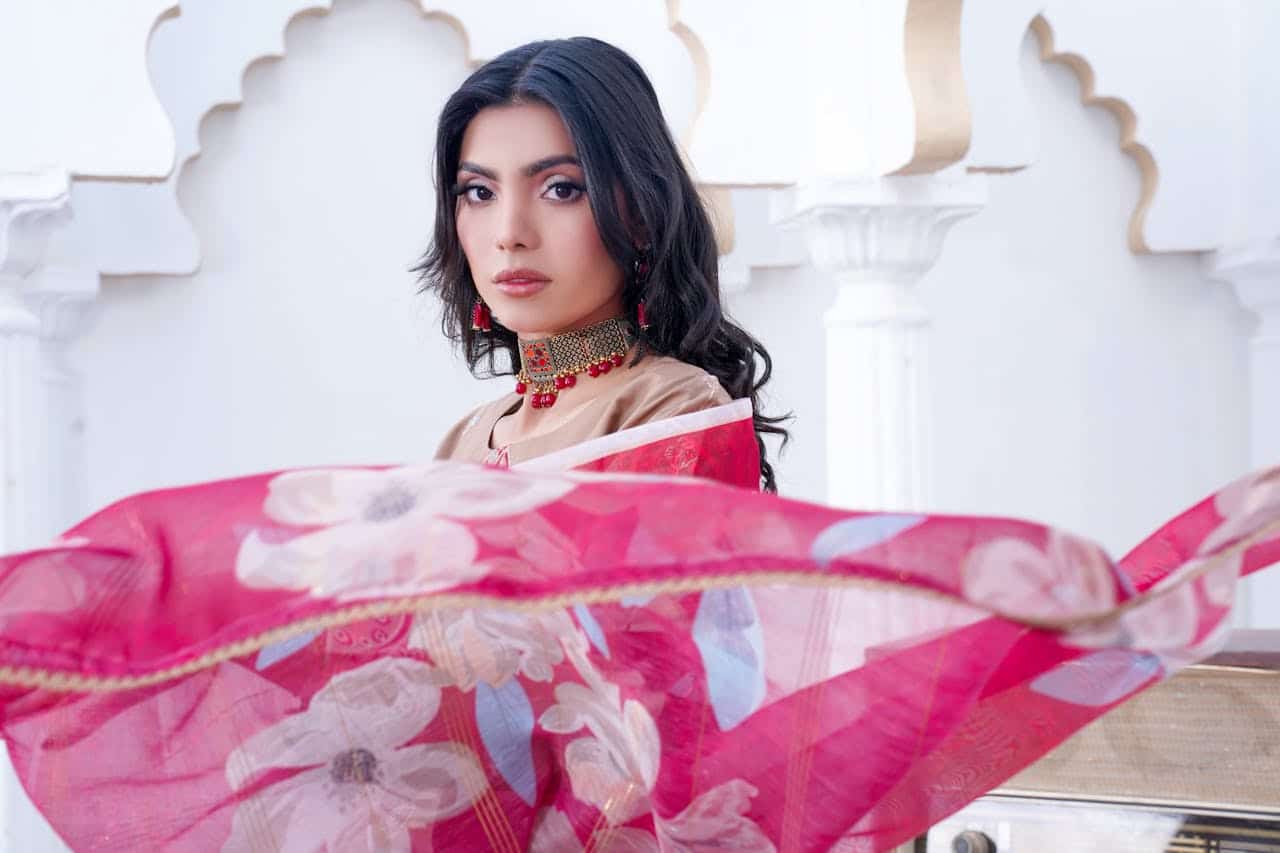
Chiffon fabric amazes with its light, see-through feel and soft flow. It is used in daily fashion, wedding dresses, fancy clothes, and even casual outfits because it is so versatile. It lets air through to keep you cool and is strong enough to last a long time. This fabric mixes style and usefulness, making it a classic choice.
Key Takeaways
Chiffon is light and sheer, great for fancy clothes like daily fashion and wedding dresses.
To keep chiffon nice, wash it gently and store it carefully.
Eco-friendly chiffon, made from recycled materials, is now more popular.
Understanding Chiffon Fabric
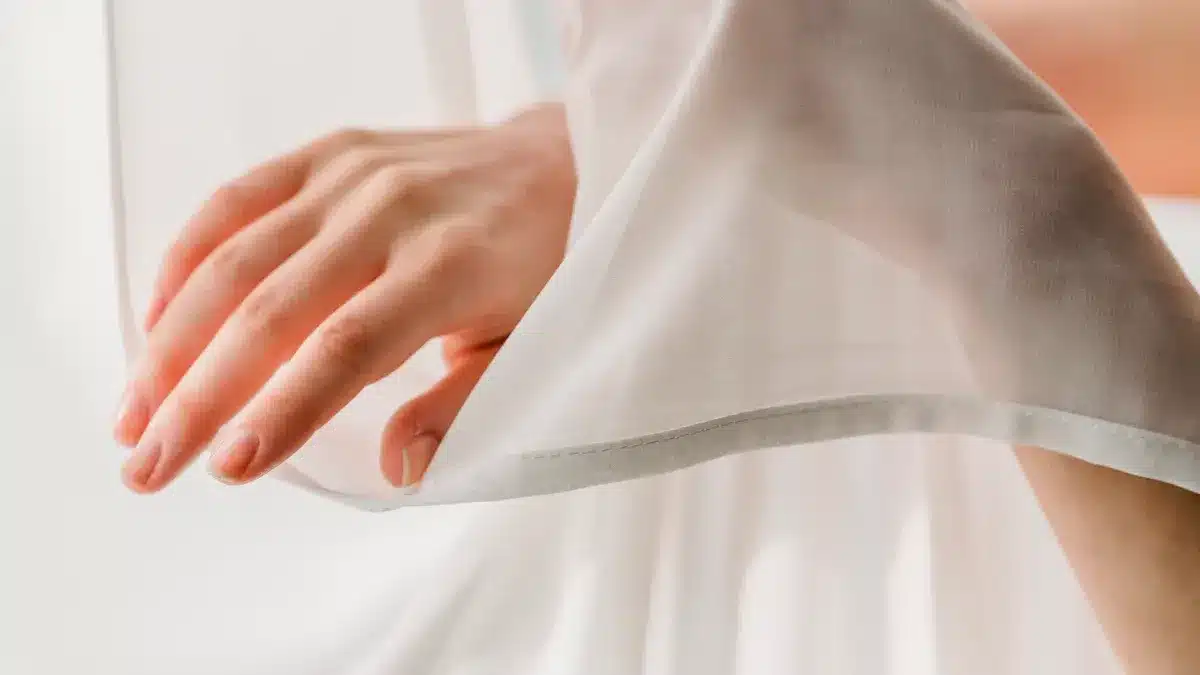
Definition and Composition
Chiffon is a light, see-through fabric with a soft look. In Chinese, we call Chiffon as 雪纺 (xuě fǎng). It was first made from silk but now includes materials like polyester, nylon, and rayon. These newer materials feel like silk but cost less and last longer.
The fabric’s makeup depends on the material used. Silk chiffon feels smooth and natural. Polyester chiffon is stronger and easier to care for. Rayon and nylon add special textures to the fabric. Below is a table showing common materials used in chiffon:
Material | Description |
|---|---|
Silk | The first chiffon material, soft and partly see-through. |
Polyester | A strong, affordable option often used today. |
Nylon | It was the first fake silk chiffon. |
Rayon | Sometimes used, it gives a unique feel and look. |
Cotton | Rarely used because it’s not delicate enough for chiffon. |
Unique Characteristics and Qualities
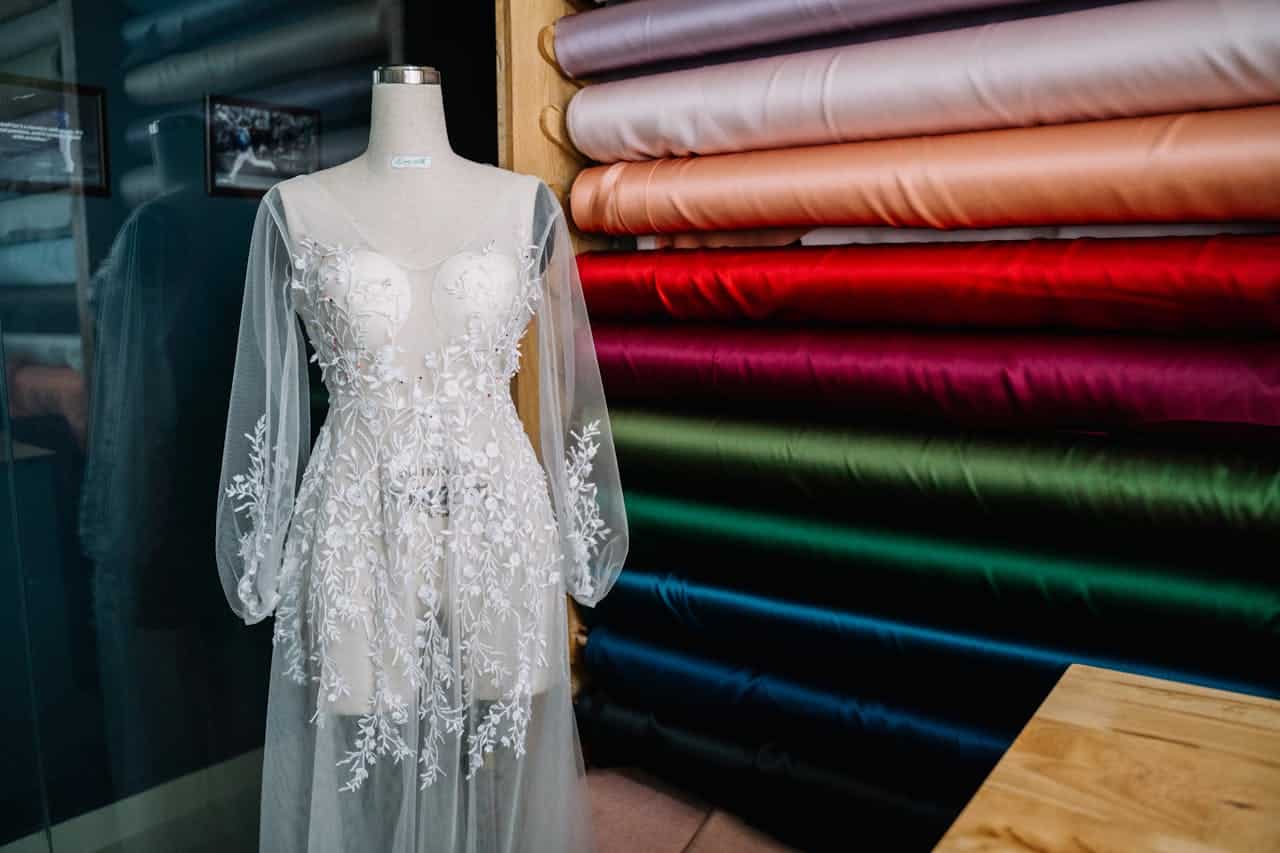
Chiffon is special because of its light and airy features. Its see-through look adds a dreamy touch to clothes. The fabric is so light that it flows and drapes beautifully.
Chiffon has a fine net-like texture made by twisting threads in two ways. This weaving style makes it stretchy and gives it a slightly bumpy look. It also has a soft shine that reflects light, making it even prettier.
Unlike other light fabrics, chiffon stretches a little, which helps it move nicely. It’s perfect for dresses, scarves, hijabs and other flowing clothes. Its mix of texture, shine, and flow makes it always stylish.
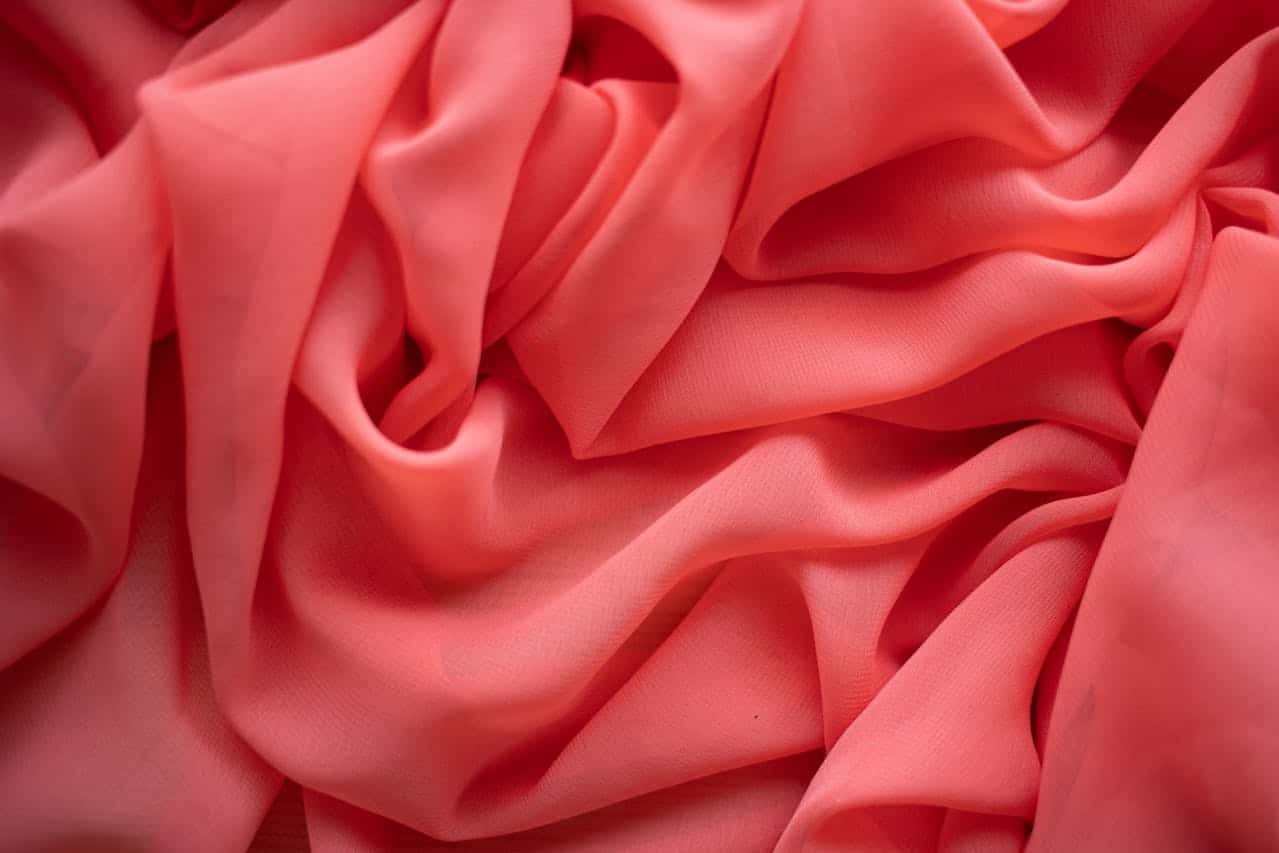
The Making of Chiffon Fabric
Materials Used in Production
Chiffon fabric is made from different materials, each with special traits. In the past, silk was the main material, giving chiffon a fancy and shiny look. Later, new materials like polyester, rayon, and nylon were created. These are cheaper and last longer, making chiffon more affordable. Cotton is sometimes used, but it’s heavier and less common.
Here’s a simple list of materials used for chiffon:
Silk: Soft and very fancy.
Polyester: Strong and budget-friendly.
Rayon: Smooth and flows nicely.
Nylon: Tough and stretchy.
Cotton: Rarely used but feels natural.
Switching from silk to synthetic fibers shows how people want cheaper options. This change has helped chiffon stay popular in many markets.
The Manufacturing Process
Making chiffon fabric involves steps to create its light and see-through feel. First, the material—like silk or polyester—is spun into thin threads. These threads are twisted tightly in opposite ways, giving chiffon its crinkled texture.
Next, the threads are woven in a simple over-and-under pattern. This keeps the fabric light and airy. After weaving, the fabric is dyed or given a soft shine to make it look better.
Factories follow careful plans to make good-quality chiffon. These plans include steps like checking quality and balancing materials. Around the world, chiffon is in high demand, and factories are growing to meet this need.
The careful process of making chiffon keeps it stylish and useful. It remains a favorite in fashion for its beauty and versatility.
Uses and Applications of Chiffon Fabric
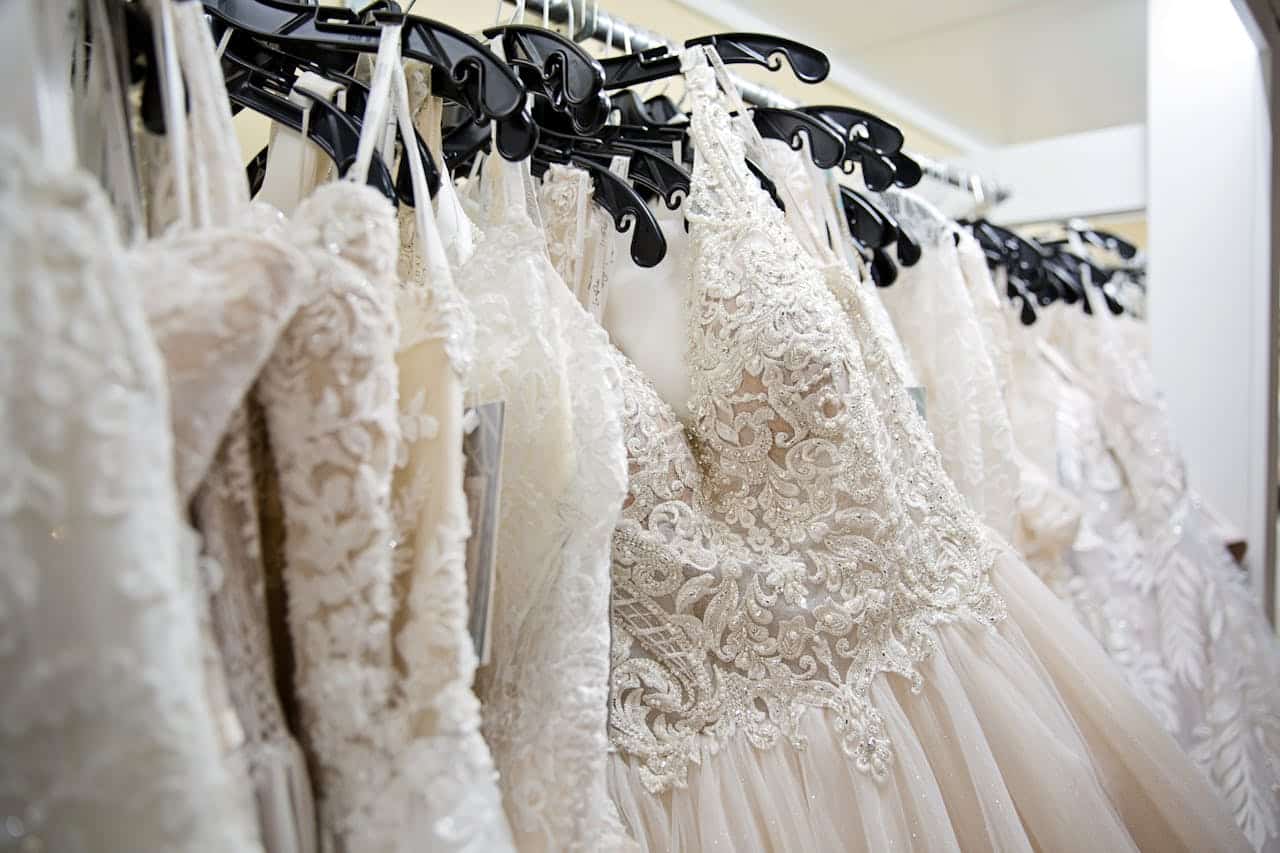
Chiffon in Fashion and Accessories
Chiffon is widely used in the fashion world. Its light and see-through features make it great for fancy clothes. Evening gowns, wedding dresses, and flowy skirts often use chiffon. Designers love how it drapes and adds elegance to outfits. Scarves, hijabs and shawls made from chiffon are stylish and comfy. These accessories improve your look while staying light and airy.
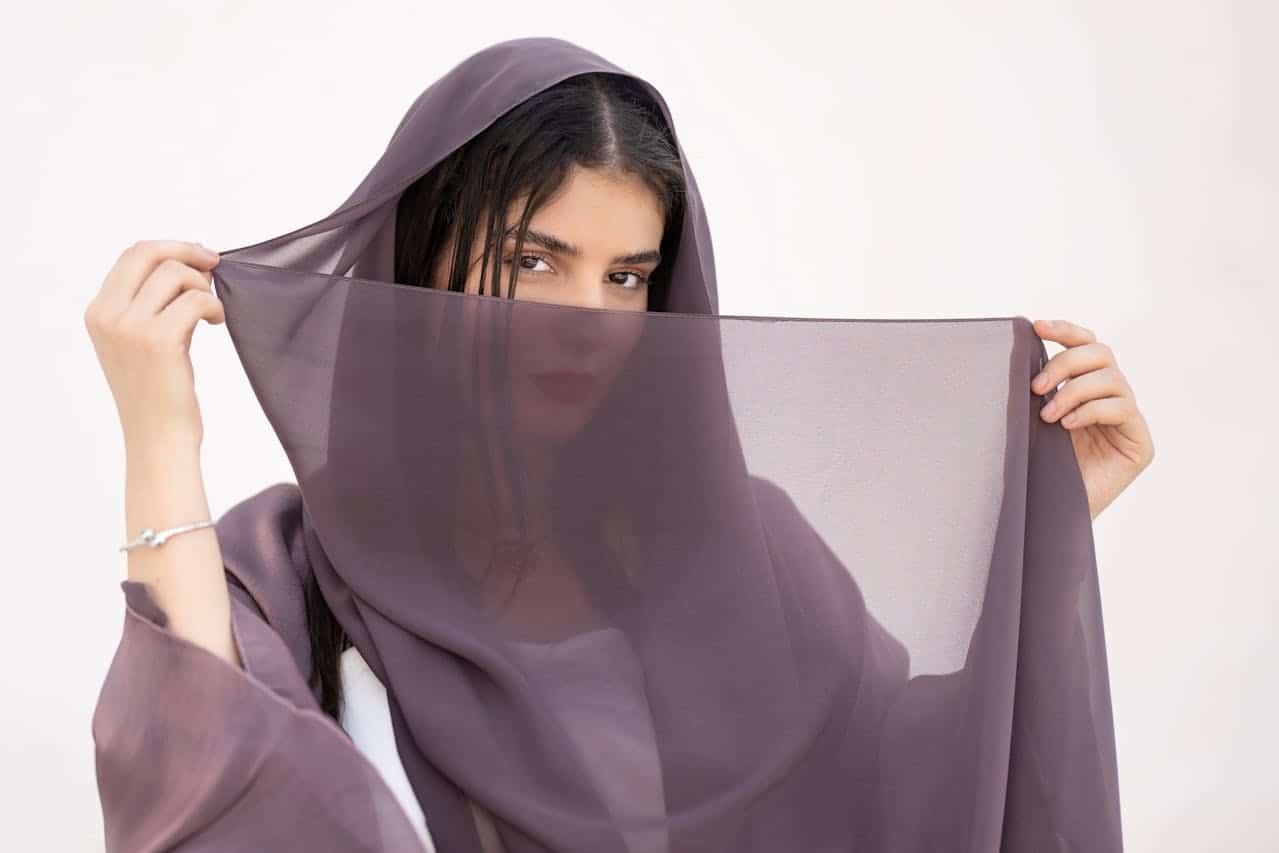
Chiffon is especially popular in warm places. It lets air through, keeping you cool in summer. Online shopping and social media have made chiffon even more trendy. People love its pretty look and soft feel. Whether for a party or a casual day, chiffon works for many styles.
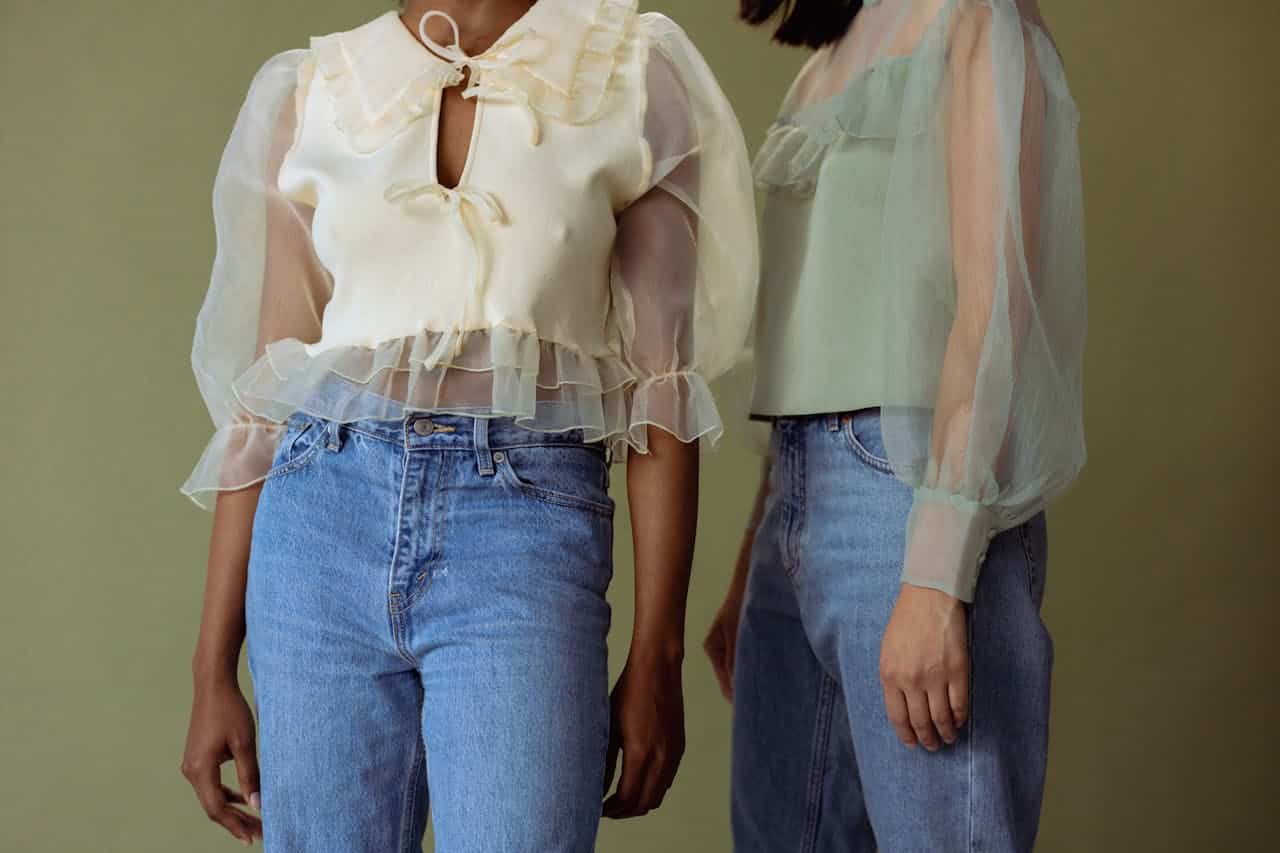
Other Creative Applications
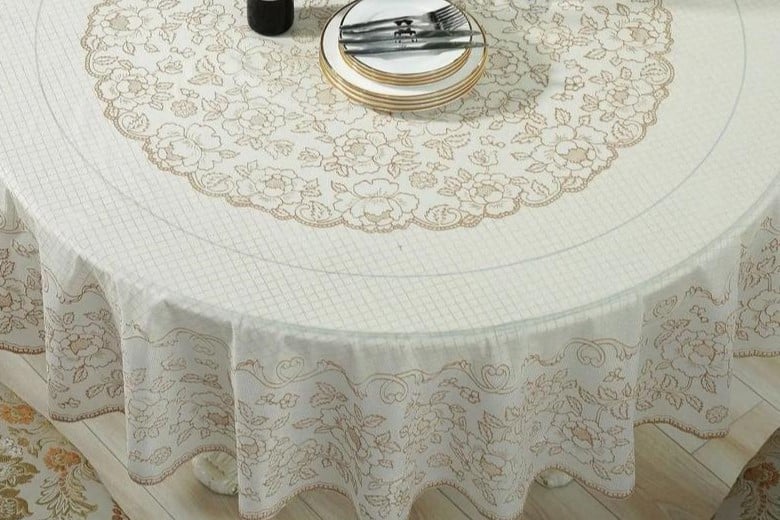
Chiffon is also used outside of fashion. It’s common in home items like curtains and tablecloths. Its see-through look makes rooms feel bright and modern. Theater costumes often use chiffon for dramatic effects on stage. Event decorations like table runners and backdrops use chiffon for its classy and light design.
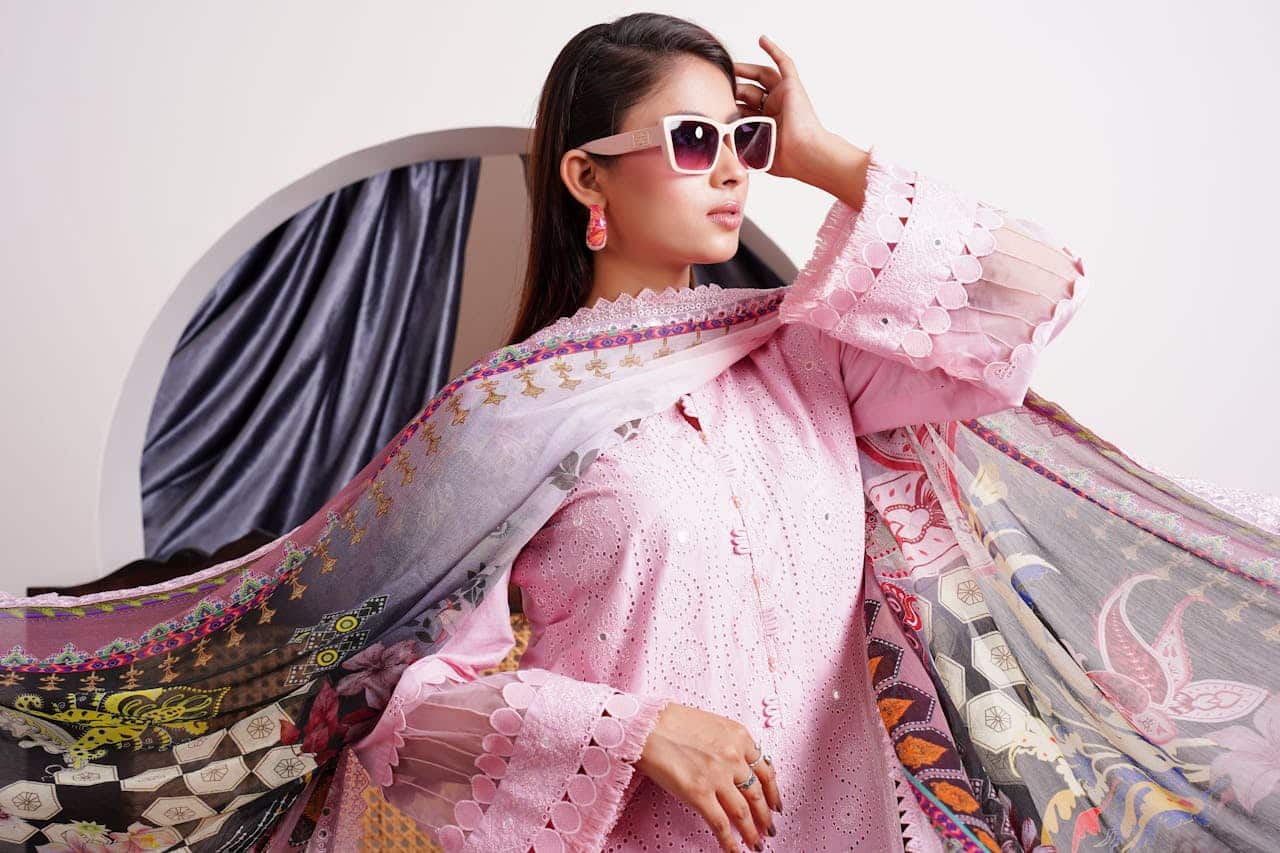
Chiffon is also used in bags and other accessories. It’s loved for being both pretty and useful. Eco-friendly chiffon is becoming popular as people care more about the planet. These options let you enjoy chiffon while helping the environment.
Caring for Chiffon Fabric
Washing and Drying Guidelines
Caring for chiffon fabric starts with understanding its delicate nature. Always check the care label before washing. For silk chiffon, dry cleaning is the safest option. If you’re handling synthetic chiffon, you can wash it by hand using cold water and a mild detergent. Soak the fabric for about 30 minutes to loosen dirt gently. Avoid using bleach or fabric softeners, as they can weaken the fibers and cause discoloration.
When drying chiffon, never wring or twist the fabric. This can stretch or deform its shape. Instead, lay the garment flat on a clean towel to dry. Keep it away from direct sunlight to prevent fading. If you’re using a washing machine for synthetic chiffon, place the garment in a mesh laundry bag and select a gentle cycle. These steps help maintain the fabric’s softness and flow.
Storage and Maintenance Tips
Proper storage is essential to keep chiffon fabric looking its best. Store your chiffon garments in a cool, dry place, away from direct sunlight. Use padded hangers to prevent wrinkles and maintain the garment’s shape. For items like scarves or shawls, fold them neatly with tissue paper to avoid creases.
If you notice wrinkles, use a steamer or iron on a low-heat setting. Place a thin cloth between the iron and the chiffon to protect the fabric. Avoid hanging heavy chiffon garments for long periods, as this can stretch the material. By following these tips, you can extend the life of your chiffon pieces and keep them looking elegant.
Chiffon Fabric and Sustainability
Environmental Impact
Making chiffon fabric affects the environment in different ways. Silk chiffon, made from natural fibers, breaks down easily and is eco-friendly. But making silk often harms silkworms, which raises concerns. Cotton chiffon is also biodegradable and gentle on the planet, but some processes use harmful chemicals.
Synthetic chiffon, like polyester or nylon, creates bigger environmental problems. These materials come from non-renewable resources and need lots of energy to make. They don’t break down, causing long-lasting trash in landfills. Rayon chiffon is better at breaking down but uses harmful chemicals that can hurt nature.
To lower chiffon’s environmental impact, factories use closed-loop systems. These systems recycle water and chemicals to cut waste. Digital printing uses less water and energy than older dyeing methods. These ideas aim to make chiffon production kinder to the planet.
Sustainable Alternatives
Eco-friendly brands are finding better ways to make chiffon fabric. Recycled materials, like recycled polyester, are becoming more common. Organic fibers, such as organic cotton, are another green choice. These options use fewer resources and help reduce pollution.

New ways of making chiffon also help. Closed-loop systems and digital printing save resources and create less waste. Some brands work with fabric makers to design eco-friendly chiffon collections. Materials like Tencel, made from wood pulp, are soft and break down easily.
Shoppers now want more sustainable fabrics. Over 60% of buyers prefer eco-friendly choices, pushing brands to improve. Picking sustainable chiffon lets you enjoy its beauty while helping the environment.
Chiffon fabric stays popular for its beauty and usefulness. Its soft, airy feel is loved in fashion, from wedding dresses to daily accessories. Social media and quick fashion trends make it even more admired. Eco-friendly methods are changing how chiffon is made. Taking good care of chiffon helps it stay lovely for a long time.
FAQ
Why is chiffon fabric special compared to other fabrics?
Chiffon is light, see-through, and flows beautifully. Its crinkled texture and soft shine make clothes look fancy.
Tip: Chiffon is great for hot days and special events.
How can you stop chiffon from wrinkling?
Hang chiffon on padded hangers or fold it with tissue paper. Use a steamer or a cool iron with a cloth to smooth wrinkles.
What should you not do when washing chiffon?
Don’t use bleach, fabric softeners, or hot water. These can harm the fabric and change its color or feel.
Note: Always read the care label for washing directions.


